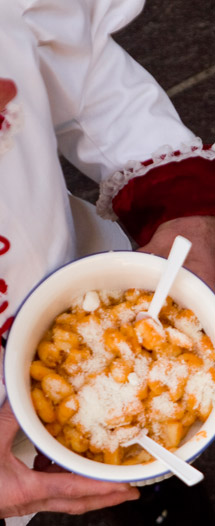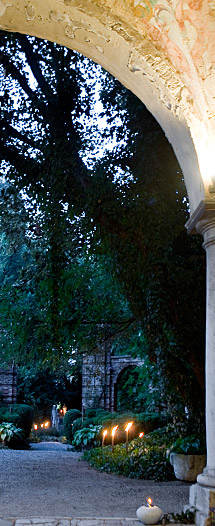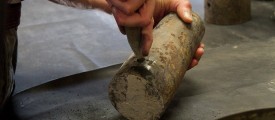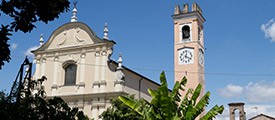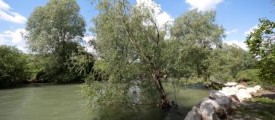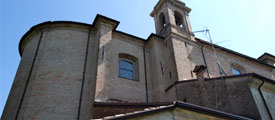CASALMORO
On an imperial paper of 1405 the village was originally called “Casalis Mauris”, probably from the name of the lords of the place, whose signs are perhaps those reproduced in the municipal coat of arms. The archaeological excavations of Vezzole (in the early 80s) have allowed to recover unique findings witnessing Neolithic culture and the following Bronze Age. Very interesting are two graves, one of which containing the remains of a skeleton buried in a crouched position and with the skull drilled, dating from the fifth or fourth century BC. The incision in the head was performed transversely, so as to avoid a possible injury to the brain, with a refined technique that shows the level of the very advanced prehistoric civilization developed along the river Chiese. The thermal environment in the hamlet of Corobiolo along with the discovery of fragments of frescos indicate the high standard of living of a patrician family living in the area.
In medieval times, with the succession of the domain of the lordship of Milan, Mantua and Venice, the town of Casalmoro (this name dates back to 1192) was directly involved in the battles between Guelphs and Ghibellines, siding in favor of the latter. In retaliation, in the fourteenth century it was looted and set on fire by the Guelph of Asola. In 1438 a peace treaty between the Visconti of Milan and the Gonzaga allied with Venice, gave the land to the Marquis of Mantua.
In this troubled period of wars and famines were built the Military Fortress, originally called “Casotto” and bounded by a moat, the castle, also surrounded by a moat and, in the second half the fourteenth century, the Fossa Magna by Barnabò Visconti, which takes its water to the north-east of Carpenedolo, flows through the village of Acquafredda and Casalmoro to finally reach Asola.
In later centuries, Casalmoro followed the fortunes of the Duchy of Gonzaga, until the arrival of Napoleon. Emblematic of this period is a 2 meters high marble stone, kept again in the hamlet of Corobiolo, made by a local craftsman on commission of the nobles Mangeri in 1762. It reproduces a proclamation of the venetian Doge Loredan on the laws that punish thefts and vandalism.

